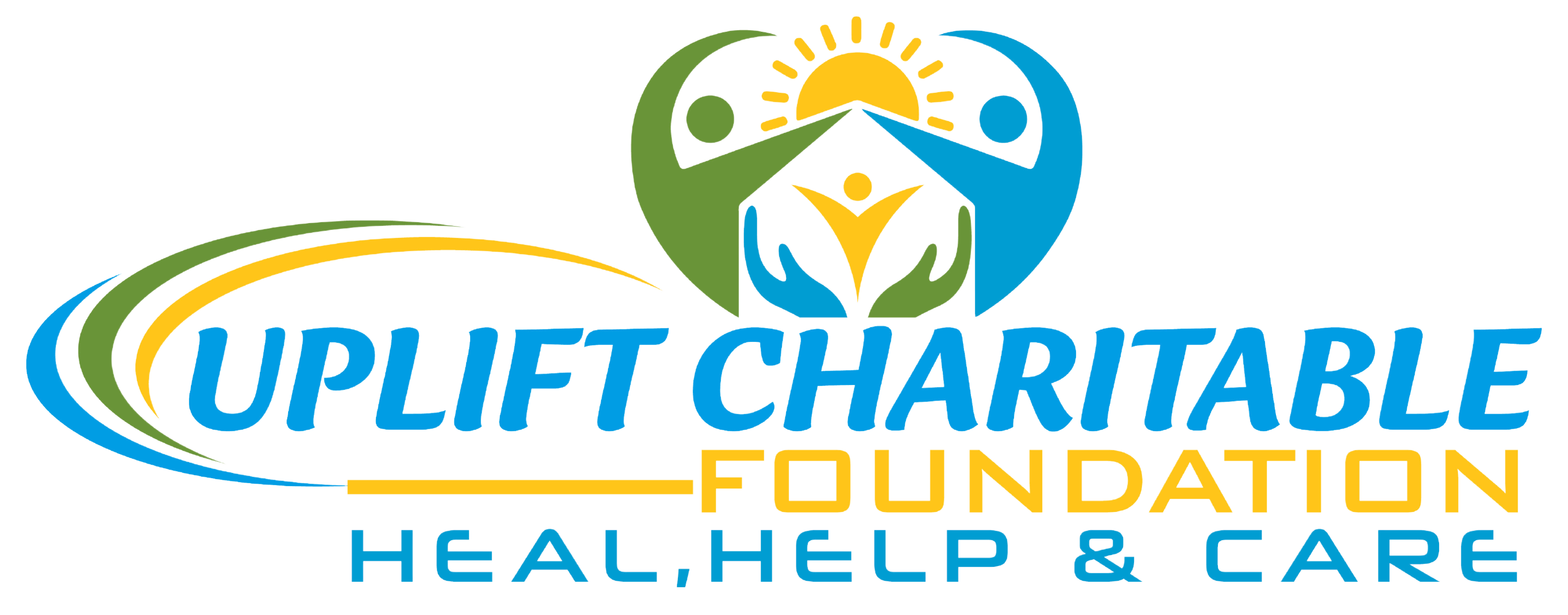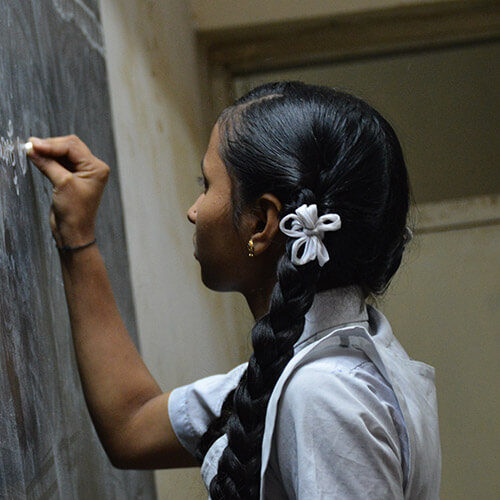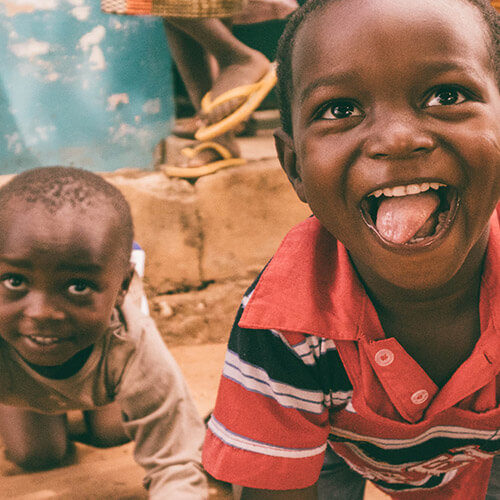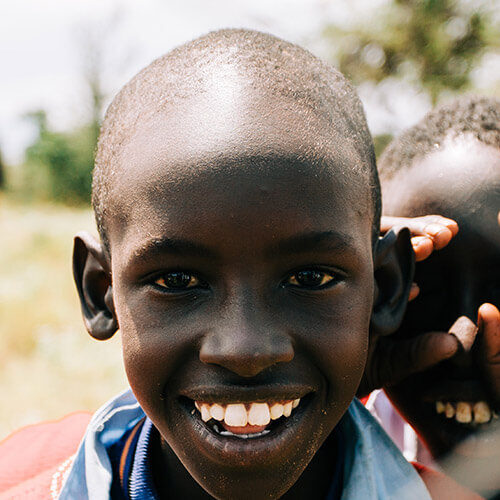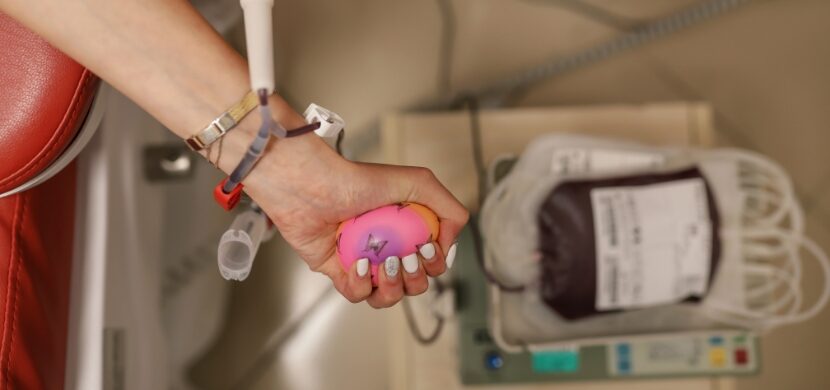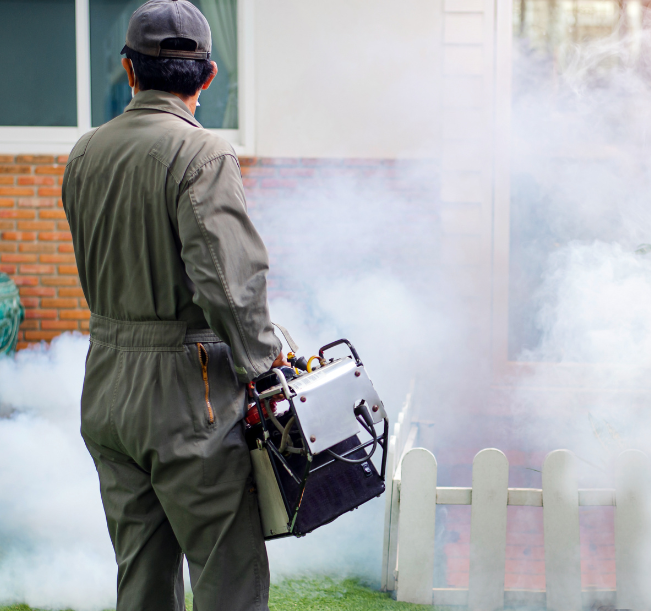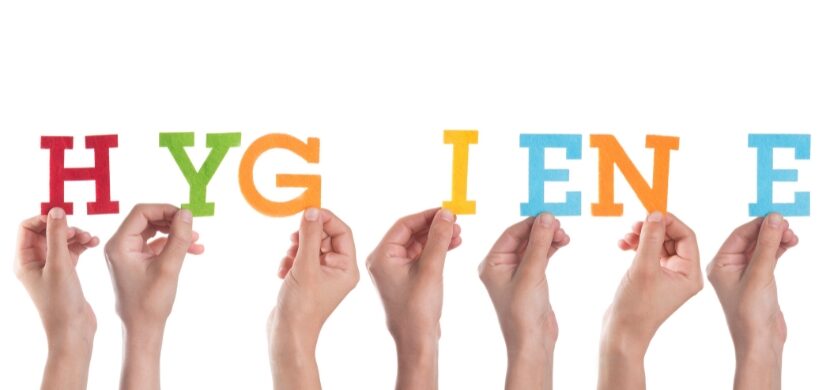Menstrual Hygiene is vital to the empowerment and well-being of women and girls worldwide. It is about more than just access to sanitary pads and appropriate toilets – though those are important. It is also about ensuring women and girls live in an environment that values and supports their ability to manage their menstruation with dignity.
Menstrual Hygiene Management (MHM) is defined as:
“Women and adolescent girls are using clean menstrual management materials to absorb or collect blood that can be changed in privacy as often as necessary for the duration of the menstruation period, using soap and water for washing the body as required, and having access to facilities to dispose of used menstrual management materials“.
Many clients, in particular younger clients, may not know basic biological facts. This page will help you explain the normal menstrual cycle.
Key points about the menstrual cycle:
- The menstrual cycle is the process through which a woman’s body prepares for pregnancy.
- Young women usually start to have periods (menstruation) between the ages of 11 and 17. Women stop having periods between the ages of 45 and 55 (menopause).
- The menstrual cycle is usually about 28 days long, but it varies from woman to woman and from month to month. It can range from 23 to 35 days.
- The fertile time of the menstrual cycle (when a woman can get pregnant) can last for up to 6 days, starting 5 days before ovulation and ending on the day of ovulation.
- Ovulation usually occurs between days 7 and 21 of the cycle (see below). It can, however, occur at ANY TIME in the cycle after the end of the menstrual period. The precise day of ovulation cannot be predicted.
- For the best protection from pregnancy, a couple should use contraception throughout the menstrual cycle.
1. Ovulation (usually occurs between days 7 and 21 of the cycle, often around day 14)
One egg is released from the ovaries each cycle (usually once a month). The egg travels down a fallopian tube towards the womb and may become fertilized during this time by a sperm cell that has traveled upwards from the vagina.
2. Thickening of the womb lining (usually about 14 days long after ovulation)
The lining of the womb (the endometrium) becomes thicker during this time to prepare for a fertilized egg. Usually, there is no pregnancy, and the unfertilized egg cell dissolves in the body.
3. Menstrual bleeding (period) (bleeding usually lasts from 2 to 7 days, often about 5 days)
If there is no pregnancy, the thickened lining of the womb is shed. It leaves the body through the vagina. This monthly bleeding is called menstruation. Contractions of the womb at this time can cause period pains (cramps).
Menstruation is different in different women. Some women can bleed for a short time (for example, 2 days), while others can bleed for up to 8 days. Bleeding can be heavy or light.
If the egg is fertilized by a man’s sperm, the woman will become pregnant, and she will stop having periods.
Globally, at least 500 million women and girls lack proper access to menstrual hygiene facilities. Several factors influence difficult experiences with menstruation, including inadequate facilities and materials, menstrual pain, fear of disclosure, and inadequate knowledge about the menstrual cycle (World Bank 2018).
May 28 is Menstruation Hygiene Day (MH Day); a day dedicated to bringing awareness to the vital role that good menstrual hygiene management (MHM) plays in empowering women and adolescent girls worldwide to become all that they can be. The vision behind MH Day is a world in which every woman and girl is able to manage her menstruation in a hygienic way- in safety, privacy, and with dignity- wherever they are.
- In India, only 1 in every 2 girls has knowledge about menstruation before their first period. In Tanzania and Ethiopia, only 1 in every 4 girls knows about it before their first period.
- In Uganda, 1 out of 2 girls reports missing one to three days of school per month due to menstruation.
- In India, for 1 out of 2 girls, mothers are the most important source of information about menstruation, followed by friends. (MH Day 2019)
Item Used During Menstruation
- Soap, Sanitary Towels, Tissue papers, Cotton Wool, Panty Liners, Period Panties, Perfumes, Sanitizers, Disinfectants & Drugs, are all made by Che mists.
- Although water is from nature, it has chemical composition.
Sanitary Materials:
- Sanitary Towels, Pads, Periods Panties
- Tampons
- Tissue Paper
- Cotton Wool
Sanitary Towels & Pads:-
- Sanitary Towel is a soft piece of material worn by a woman to absorb blood during her period each month.
- Until disposable sanitary pads were created or reusable pads were used to collect menstrual blood.
- Women often used a variety of Home-Made menstrual pads which they crafted from various fabrics, or other absorbent materials, to collect menstrual blood.
Tampons:-
- A plug of soft material is inserted into the vagina to absorb menstrual blood.
- Conventional Tampons may also contain dioxins, synthetic fibers & petrochemical additives.
- Tampons can react with bacteria in your body to create the ideal environment for bacteria to flourish, triggering potentially fatal toxic shock syndrome (TSS).
Tissue Papers:-
- The sanitary paper includes toilet paper, paper towels, napkins, & facial tissues.
- Tissue paper is used for bathroom hygiene, wiping up spills & small bathroom chores amongst
others.
- Toilet paper can be one or two-ply, meaning that it is either a single sheet or two sheets placed
back to back to make it builder & more absorbent.
Periods Panties:-
- One crucial element in your feminine hygiene repertoire is period panties. It is made of a layer of special fabrics designed to pull blood or liquid away from the body, & trap it inside the underwear so it does not leak out.
- Most of the provide leakproof protection, and some can actually be worn instead of a pad or tampons.
- Few brands offer panties with a kangaroo pocket in the front where you can place a heating pad to help with cramps.
Conclusion:
In conclusion, chemistry has a great role to play in women’s menstrual hygiene since most of the items used if not all are made by chemists.
However, we need to ensure that all waste emanating from the period of menstruation should be disposed of in an environmentally friendly manner, or else pollution will choke us.
Women in Chemistry (WIC) have the challenge of ensuring women do not suffer from pains, diseases & illnesses resulting from menstruation.
Be a Woman in Chemistry (WIC) to make a different & reduce women’s suffering & stress.
Reproductive Health Indicators:
- 28% used sanitary napkins.
- Uneducated & poor women are less likely to use sanitary napkins.
- 16% have menstruation problem.
- More than half(55%) have never heard about RTI/STI
- 27% have the symptoms of RTI/STI.
- Only half of these sought treatments. Advantages of Sanitary Napkins:
- They Ensure Good Hygiene
- Their Absorption Capacity Is High
- Decrease the chance of infection
- Sanitary napkins can be used & disposed of in a much easier way as compared to cloth.
- Help in mobility & ease of daily routine.
HOW OFTEN TO CHANGE SANITARY NAPKINS:
- Change at least once a day.
- Changing every 6-8 hours is recommended.
- During heavy menses, may need to change every 3-4 hours.
- Do not keep till completely soaked. WHAT IF USING CLOTH:
- Ensure that clean, soft, dry & absorbent cloth is used.
- In case, it is being reused, it must be washed thoroughly & dried in a private but sunny place.
- After drying, if possible it ironed
- Stored in a clean & dry placed
- Don’t share this cloth with anyone
- After multiple uses, dispose of this cloth
WHAT THE HYGIENE PRACTICE SHOULD BE FOLLOWED DURING MENSTRUATION:
- Change napkins regularly.
- Remember to take charge of napkin weather going out.
- Wash the genital area after each use of the toilet, and also after urination.
- Keep the area between the legs dry otherwise soreness & chaffing may develop.
- One can take a bath every day during menses.
- Do not wash the insides of the vagina with soap or any other product. WHY IS IT NECESSARY TO DISPOSE OF SANITARY NAPKINS:
- If they are left in the open, they are a sore sight.
- May lead to the transmission of infections like Hepatitis B & C.
- No danger of HIV infection.
- Will attract flies & insects.
HOW TO DISPOSE OF NAPKINS:
- Napkins should not be thrown into the toilets, particularly the water closet.
- It is better to keep a dustbin in the corner of the toilet. Wash the soiled napkins & squeeze them dry. Keep old newspapers/waste paper ready to wrap the washed napkin. Drop it in the bin. You can dispose of the contents of the bin after your cycle bleed is over or daily.
- In case there is no disposal mechanism prevalent in your locality, see about disposing of it within your backyard itself either by a sanitary pit (burial) or incineration (burning).
You can read more and understand this better with the presentation attached here.
